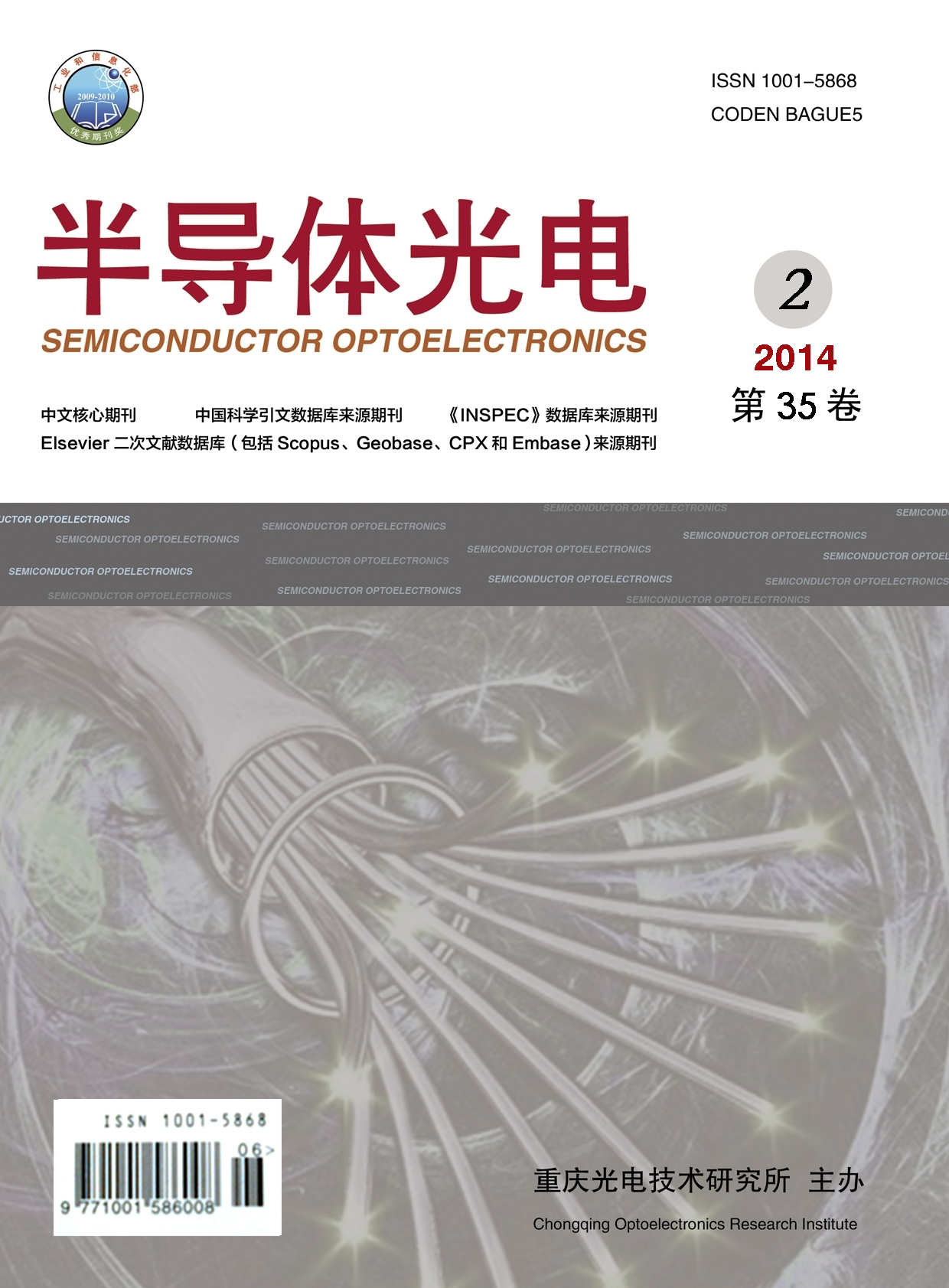半导体光电, 2014, 35 (2): 248, 网络出版: 2014-04-28
内凹形微通道热沉换热流动性能的数值分析
Numerical Analysis on Heat Transfer and Flow Characteristics of Cooper Microchannels Heat Sink with Reentrant Cavities
摘要
针对大功率LED阵列的热控问题, 提出了一种内凹形(“Ω”形)铜基微通道热沉, 并采用数值模拟(CFD)方法分析对比了其与常见矩形微通道热沉的性能。此外, 还对其在不同流速、进口水温、热流密度下的单相对流传热、流动性能进行了研究。结果表明, 该内凹形微通道较常见的矩形微通道热沉, 通过减少泵功损失获得了更高的综合性能; 采用较高的流速和较小的进口水温能够提高其换热性能, 增大热沉底面温度均匀性, 从而提高LED的寿命和稳定性; 雷诺数约为300时, 层流向湍流转捩。
Abstract
In view of the thermal control problem of high power LED arrays, a copper microchannels heat sink with reentrant cavities (" Ω "-shaped) was proposed. And the method of numerical simulation was adopted to analyze the performance of both the proposed heat sink and the common rectangular micro-channel heat sink. In addition, its single-phase convective heat transfer and flowing properties were also studied under different flow velocity, import water temperature and heat flux density. The results show that it can obtain higher integrated performance by reducing the pump power loss. And higher water velocity and lower water temperature can be used to improve the heat transfer performance and increase the temperature uniformity of the heat sink surface, so as to obtain longer service life and higher stability of the LEDs. Moreover, the Reynolds number of flow pattern transition is about 300.
彭洁旻, 陈维, 邓大祥. 内凹形微通道热沉换热流动性能的数值分析[J]. 半导体光电, 2014, 35(2): 248. PENG Jiemin, CHEN Wei, DENG Daxiang. Numerical Analysis on Heat Transfer and Flow Characteristics of Cooper Microchannels Heat Sink with Reentrant Cavities[J]. Semiconductor Optoelectronics, 2014, 35(2): 248.




